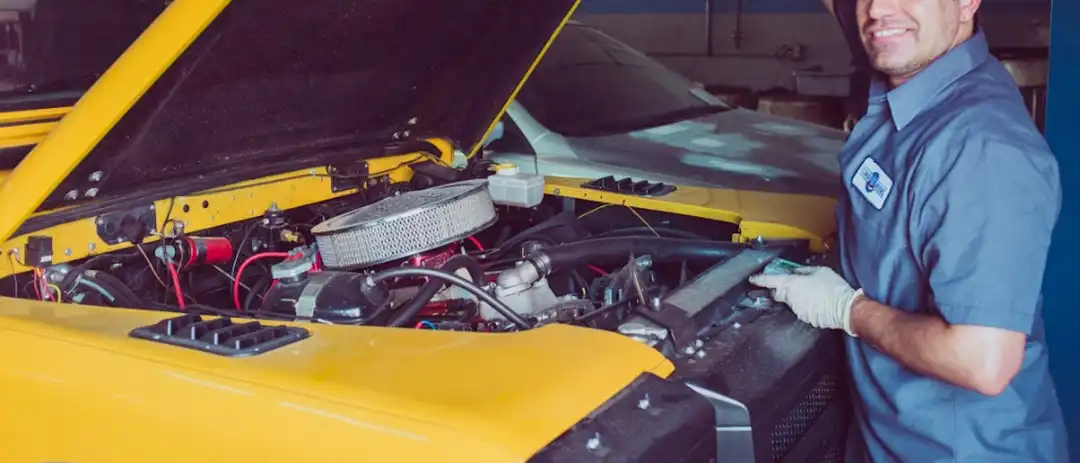- Arabic
- French
- Russian
- Spanish
- Portuguese
- Turkish
- Armenian
- English
- Albanian
- Amharic
- Azerbaijani
- Basque
- Belarusian
- Bengali
- Bosnian
- Bulgarian
- Catalan
- Cebuano
- Corsican
- Croatian
- Czech
- Danish
- Dutch
- Afrikaans
- Esperanto
- Estonian
- Finnish
- Frisian
- Galician
- Georgian
- German
- Greek
- Gujarati
- Haitian Creole
- hausa
- hawaiian
- Hebrew
- Hindi
- Miao
- Hungarian
- Icelandic
- igbo
- Indonesian
- irish
- Italian
- Japanese
- Javanese
- Kannada
- kazakh
- Khmer
- Rwandese
- Korean
- Kurdish
- Kyrgyz
- Lao
- Latin
- Latvian
- Lithuanian
- Luxembourgish
- Macedonian
- Malgashi
- Malay
- Malayalam
- Maltese
- Maori
- Marathi
- Mongolian
- Myanmar
- Nepali
- Norwegian
- Norwegian
- Occitan
- Pashto
- Persian
- Polish
- Punjabi
- Romanian
- Samoan
- Scottish Gaelic
- Serbian
- Sesotho
- Shona
- Sindhi
- Sinhala
- Slovak
- Slovenian
- Somali
- Sundanese
- Swahili
- Swedish
- Tagalog
- Tajik
- Tamil
- Tatar
- Telugu
- Thai
- Turkmen
- Ukrainian
- Urdu
- Uighur
- Uzbek
- Vietnamese
- Welsh
- Bantu
- Yiddish
- Yoruba
- Zulu
Oct . 02, 2024 18:12 Back to list
Timing Belt Kit Replacement Guide for Honda Vehicles with Essential Components Explained
Understanding the Timing Belt Kit for Honda A Comprehensive Guide
Timing belts are crucial components in many engines, including those found in Honda vehicles. A well-maintained timing belt ensures that the engine's various parts work in harmony, leading to efficient performance and longevity. This article aims to provide an in-depth understanding of the timing belt kit for Honda, its importance, signs of wear, and when to replace it.
What is a Timing Belt Kit?
A timing belt kit typically includes the timing belt itself, tensioners, idler pulleys, and sometimes a water pump. The timing belt's primary function is to synchronize the rotation of the crankshaft and camshaft(s), ensuring that the engine's valves open and close at the proper times during each cylinder's intake and exhaust strokes. A timing belt kit ensures that all necessary components are replaced simultaneously, minimizing the chances of future issues.
Importance of the Timing Belt
The timing belt plays a pivotal role in the engine's overall functionality. If the belt fails, it can lead to severe engine damage, resulting in costly repairs. In Honda engines, the timing belt also affects the performance of systems such as the variable valve timing (VVT). Hence, regular maintenance and timely replacement of the timing belt are crucial.
Signs of Timing Belt Wear
It is essential to monitor the condition of your timing belt. Here are some common signs that your timing belt may need replacement
1. Squeaking or Ticking Noises If you hear unusual sounds when your engine is running, it could indicate that the timing belt is worn or misaligned. 2. Engine Misfiring A worn timing belt can cause the engine's valves to open and close at the wrong times, resulting in misfires. 3. Oil Leaks Oil leaks from the front of the engine may suggest that the timing belt seals are worn.
timing belt kit for honda

4. Visible Cracks or Wear Regular inspections can help you spot visible signs of wear, such as cracks or fraying on the belt's surface.
5. Check Engine Light If the check engine light comes on, it could be related to timing issues.
When to Replace the Timing Belt Kit
Timing belt replacement intervals can vary based on the specific Honda model and year, but generally, it is recommended to replace the timing belt every 60,000 to 100,000 miles. Always refer to the owner's manual for specific guidelines related to your vehicle. Additionally, if you’re replacing other engine components, it is wise to consider replacing the timing belt kit concurrently to save on labor costs.
DIY vs. Professional Installation
While some car enthusiasts may opt for a DIY timing belt replacement, it is often recommended to hire a professional mechanic, especially for complex Honda models. Installing a timing belt requires precise alignment of various engine components. A small error could lead to significant engine damage.
Conclusion
In conclusion, the timing belt kit is an integral part of Honda vehicles, ensuring that the engine runs smoothly and efficiently. Regular maintenance, combined with prompt attention to any signs of wear, will help extend the life of your vehicle and avoid costly repairs. Always consult your owner's manual or a professional mechanic regarding the appropriate timing belt maintenance schedule for your specific Honda model. Taking these proactive steps will ensure that your Honda remains in top condition for years to come.
-
Korean Auto Parts Timing Belt 24312-37500 For Hyundai/Kia
NewsMar.07,2025
-
7PK2300 90916-T2024 RIBBED BELT POLY V BELT PK BELT
NewsMar.07,2025
-
Chinese Auto Belt Factory 310-2M-22 For BMW/Mercedes-Benz
NewsMar.07,2025
-
Chinese Auto Belt Factory 310-2M-22 For BMW/Mercedes-Benz
NewsMar.07,2025
-
90916-02660 PK Belt 6PK1680 For Toyota
NewsMar.07,2025
-
drive belt serpentine belt
NewsMar.07,2025

